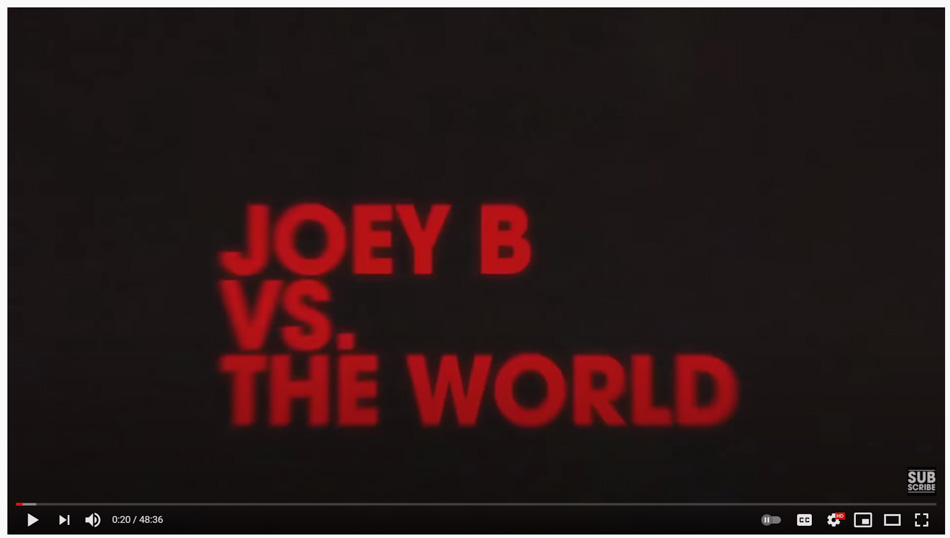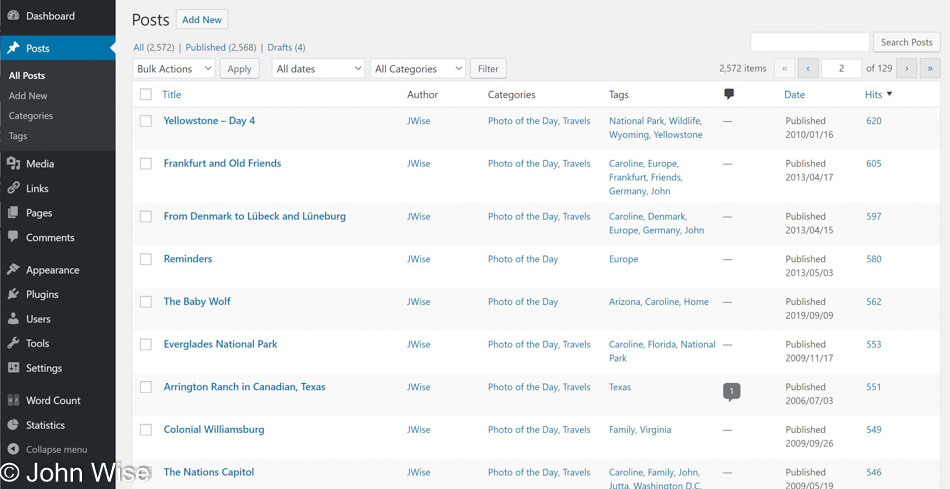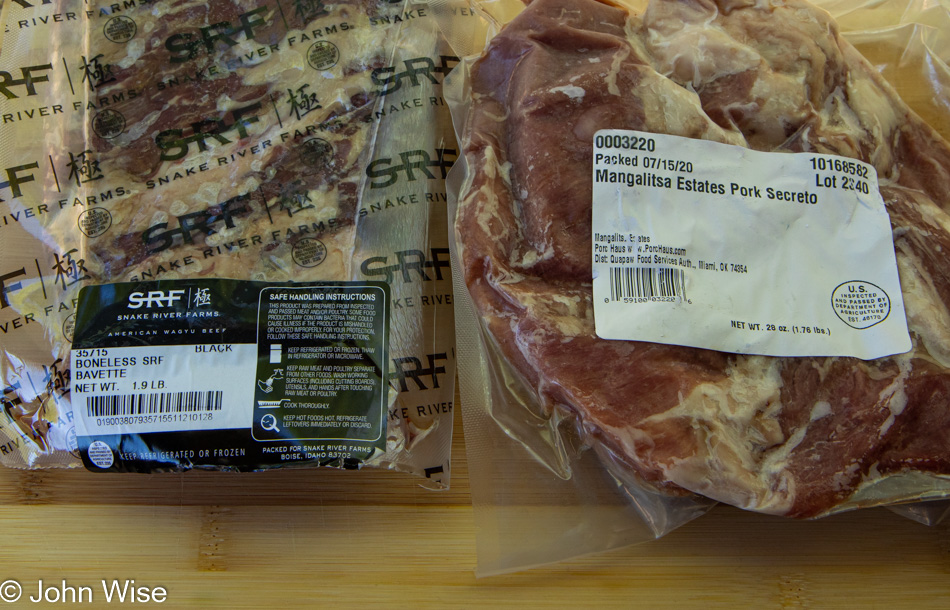
It must surely be the sign of a bored mind when, out for a moment of writing, I sit here at the coffee shop with nothing at all flowing through my head. I scan the itinerary of our upcoming trip and some of the details yet to be worked out, but find them all too boring to warrant capture. I look around me at the other 11 people here in the coffeeshop and realize I’m the only man here. Does that have any meaning? No. Caroline is at home talking with her mom, which typically induces me to nap, but I didn’t want to do that, so here I am. Then, I’m talking on Skype with an old friend who’s living rurally in the former East Germany. I’m asking about the level of belligerent racist ideology among the inhabitants, and I’m reassured that things are not hostile. This, though, is not the subject matter for any serious train of thought this morning.
Last night, on our walk around the neighborhood, we spent an hour talking with some neighbors we’d never met before. Nice enough couple, older, they both have a love of travel, at least one is addicted to reading, and we learned they love a wide variety of ethnic meals. Along the way, we were asked a question never heard by us before, “What church do you attend?” How do you tell this person, “We are atheists”? Sadly, it feels like we are telling someone we are Satanists when we admit that we do not believe in any God. I can only wonder if our contact with them can go any further.
Maybe a bit of COVID update should be thrown in here. Caroline and I are now fully vaccinated in that we are well past the two weeks after our second shot to achieve maximum antibody protection. While not worried about the virus killing me now, I still wear my mask into any business I enter and walk away from places that have removed the mandate our idiot Governor ended. While our brilliant Mayor Kate Gallego has insisted on continuing the practice, the people who found the entire process to be a sham are belligerently adamant that they are done with the sheep-like antics.
Meanwhile, in India, the wheels have finally come off the cart, well after the initial speculations that India would be hit hard. We hear nothing about China and the pandemic anymore, while Brazil is seeing its fascist leader threatening to bring the military to the streets. For exactly what purpose, I do not know. Europe is looking at more lockdowns, while America is mostly trying hard to return to normal.
Pantry progress: we are down to roughly 350 line items representing just over 500 individual foodstuffs in our inventory. Consolidation of cabinets has begun as we reclaim those for things like dishes. The goal is to take us down to nothing left in our cabinets other than staples needed for everyday cooking and to do so before anything expires or spoils. The two things that take us the longest to go through are dried beans and canned meat, but we are making steady progress with both.
Random theme of the past week has been our recognition of being so fortunate to plan for and be able to travel. Our diet is made primarily from whole foods and very few processed items aside from pasta, tomato sauce, and the canned meats we hoarded last year. If something interests us, we can indulge ourselves by bringing that item or idea into our lives. We pinch ourselves at the magnitude of luck that allows us these opportunities.
So, while I feel that I have nothing of any consequence to really share today, I can be happy that I was still able to write a little something or other. Now it’s time to go home; grill us a steak from the Cattle Exchange in Canadian, Texas, which we will share for lunch along with an avocado-tomato salad, and then set up our tent to be sure everything’s in order prior to us heading out on our upcoming vacation. Just another lazy Sunday.





